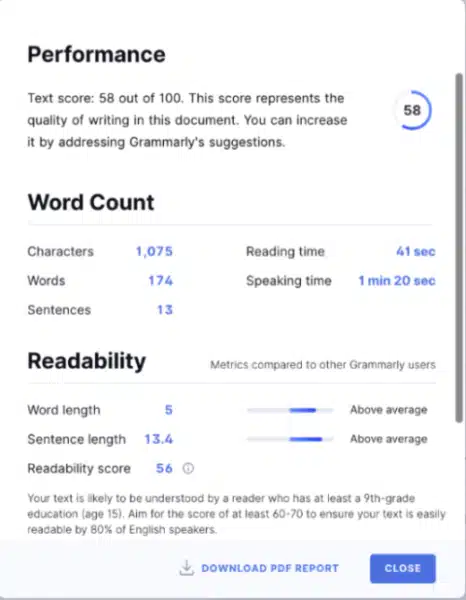Creating Visuals: A Graphic Designer’s Journey
With the rise of social media, the position of a graphic designer has become increasingly important. A graphic designer’s mission is to create visually appealing and powerful visuals that resonate with a certain audience. While it is deemed as an essential role, becoming a successful graphic designer is no easy feat.
Creating beautiful visuals is an art form, and it takes time, dedication, and skill to perfect it. Crafting the perfect design demands more than just technical knowledge and actual designing. To truly stand out among the rest, aspiring graphic designers must understand their target audience. Besides the visual elements, the right fonts and colours matter too, as they carry a key-message to readers and viewers.
Apart from having a creative eye, a graphic designer should also have the right tools and software to carry out their mission effectively. Having the knowledge and tools to work with digital illustrations and logos, a designer should also be proficient in various editing tools. Throughout their journey, they should also stay abreast of the new and emerging software popular in their field.
Graphic design is a highly competitive industry, and a successful designer must stay inspired by absorbing fresh ideas and exploring new trends. Graphic designers should be kept up-to-date with the latest happenings and unique techniques to stay ahead in the game.
Persistence and resilience are also important for grasping the desired results. Creating unique visuals requires hours of brainstorming and tinkering, which can be discouraging sometimes. Finding the balance between work and leisure can help a designer to stay in the zone and keep up their motivation levels.
Creating visuals is a challenging but beautiful journey. It takes time and passion to become an expert graphic designer, but with dedication and hard work, anyone can create something out of the box.
Introduction
Creating visuals is an integral part of the graphic design process. It requires an artist’s eye and an engineer’s precision to create unique graphics that capture the essence of an idea or a message. This article explores the journey of a graphic designer as they take an idea from conception to completed visual artifact.
A Clear Picture: Uncovering the Graphic Designer’s World
The graphic design process begins with understanding the requirements and objectives of a project. A graphic designer should take the time to research, analyze, and gain an in-depth understanding of the overall message they are trying to communicate. Once they have a clear idea of what they are creating, they can start to visualize the end product. The development of the graphics should be done with the goal of conveying a particular message or feeling through the visuals. For example, a designer could use playful colors and shapes to convey a sense of fun and excitement. On the other hand, they could use more muted colors and angular shapes to communicate a sense of stability and strength.
Capturing Moments: Crafting Visuals with a Creative Eye
Creativity is essential for crafting compelling visuals that accurately portray their intended message. A designer must draw inspiration from a wide range of sources in order to create visuals that are both original and representative of the intended message. Working with photographs, illustrations, and other elements allows them to create images that are striking and imaginative. In addition to using elements from other sources, a designer can also experiment with unique brush strokes, filters, and other tools to produce visually dynamic and captivating pieces of art.
Creative Challenges: Overcoming Obstacles in the Design Process
Creating a visually appealing design is not always an easy task. It often entails dealing with a wide variety of creative challenges, ranging from needing to develop an innovative design within limited resources, to crafting a design that resonates with a particular audience. A designer must be able to quickly iterate and refine their designs until they are satisfied with the results.
A Designer’s Toolkit: Turning Ideas into Reality
Graphic designers rely on a suite of tools to turn their ideas into reality. These tools range from the basics such as pen and paper to more advanced software like Adobe Photoshop and Illustrator. These programs allow designers to frame their ideas, explore different concepts, and create stunning visuals.
Crafting Artifacts: A Graphic Designer’s Final Journey
The creation of final visuals is the ultimate goal of the graphic design process. A designer must take all the elements they have created and assemble them in the most effective way possible to create a visual piece that encapsulates their message. This usually involves experimenting with different layouts, colors, and fonts until the desired result is achieved.
Conclusion
The journey from idea to completed visual artifact is one that requires great skill, dedication and creativity. Designers must take into consideration the objectives of the project and create a concept that captures its essence in the most effective way possible. With the right tools and a bit of practice, graphic designers can create visuals that are both innovative and memorable.
Read more




